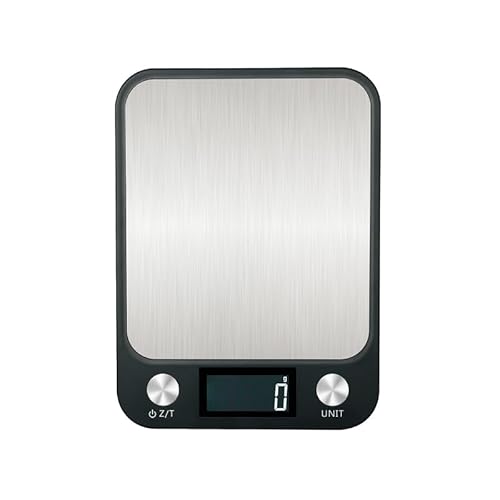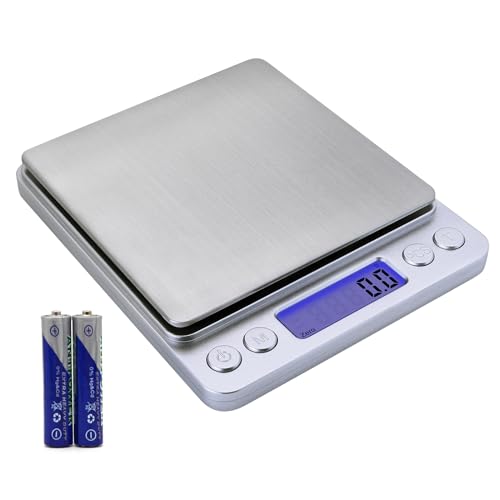As I recall the batch that got stuck was my failed batch with too much colorant (annatto, so much it colored the bubbles) and too strong a scent (ylang EO). However I produced an avocado batch and a lard batch next and both were among my nicer results.
Although some don't like them, the circular soaps are very attractive in a geometric sense and offer the beginner an easy way to make very regular bars. Since the log is a uniform 3" diameter, the thickness is the only dimension you have to control. It's a lot easier to whack off a bunch of 1" thick circular bars than to make rectangular bars with good edges, good corners, and uniform weight too. Getting sharp corners is much easier with circular bars because there's only two edges on a circular bar where a rectangular bar has 12 edges. Considering that it's obvious that it's a lot easier to make a good, uniform circular bars than to make rectangular bars of the same uniformity.
If other beginners have as much trouble as I did producing perfectly uniform bars then they will appreciate the acceleration this circular pipe mold can give to their soaping careers. These days my rectangular bars are approaching the same uniformity of my circular bars, but in the beginning the nice circular bars allowed me to focus on the more challenging problems of getting the scents, colorants, and decorations (swirls) right.
I was shopping at Lowe's over the weekend and found nice 3" ABS pipes available in a shorter length, one foot instead of two foot, so I couldn't resist picking up the cute 12" baby pipe mold, less than two bucks, along with the flexible rubber test cap bringing the total cost up to about $5. A two pound batch fills about 80 cu. in. of the 85 cu. in. pipe, leaving about 3/4" at the top.
A two pound mold is a great size for making one to two pound batches, and accepts varying batch sizes while still producing uniform bars, just more or fewer. With a rectangular mold if you reduce the batch size you simultaneously reduce one of the dimensions, making thinner bars in a flat mold or shorter/narrower bars in an edge-on mold, which is not acceptable.

 And yes, I'll shoot it tomorrow and post it. They're rather interesting looking, have sufficient scent, but oops when you wash with them you get slightly colored suds. That's it between me and annatto powder. I'm switching to mineral pigments, and already got my first order, 2 kits of about 7-8 colors each (about a tablespoon per color). When I find colors that work I can up the quantity on single colors.
And yes, I'll shoot it tomorrow and post it. They're rather interesting looking, have sufficient scent, but oops when you wash with them you get slightly colored suds. That's it between me and annatto powder. I'm switching to mineral pigments, and already got my first order, 2 kits of about 7-8 colors each (about a tablespoon per color). When I find colors that work I can up the quantity on single colors.










































